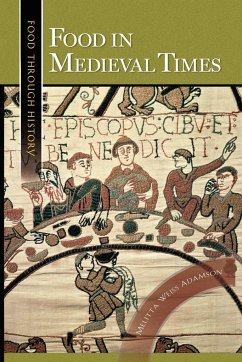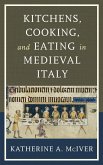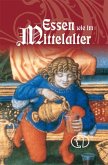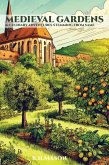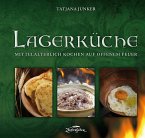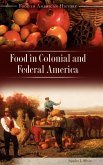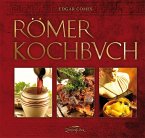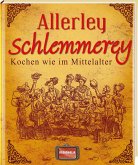Students and other readers will learn about the common foodstuffs available, how and what they cooked, ate, and drank, what the regional cuisines were like, how the different classes entertained and celebrated, and what restrictions they followed for health and faith reasons. Fascinating information is provided, such as on imitation food, kitchen humor, and medical ideas. Many period recipes and quotations flesh out the narrative. The book draws on a variety of period sources, including as literature, account books, cookbooks, religious texts, archaeology, and art. Food was a status symbol then, and sumptuary laws defined what a person of a certain class could eat-the ingredients and preparation of a dish and how it was eaten depended on a person's status, and most information is available on the upper crust rather than the masses. Equalizing factors might have been religious strictures and such diseases as the bubonic plague, all of which are detailed here.
Hinweis: Dieser Artikel kann nur an eine deutsche Lieferadresse ausgeliefert werden.
Hinweis: Dieser Artikel kann nur an eine deutsche Lieferadresse ausgeliefert werden.

